A Long Island hip-hop crew called Spectrum City evolved into Public Enemy in the mid-’80s, signed to Def Jam, and became one the most politically outspoken and musically innovative groups the genre had, and has, ever seen. Chuck D and Flavor Flav have been the group’s only two consistent members over the years: the high-minded MC with the commanding voice, and his off-the-wall hypeman who’s rarely seen without a giant clock hanging from his neck.
The classic lineup of Public Enemy that sold millions of albums in the late-’80s and early-’90s included Terminator X on the turntables, the “Minister of Information” Professor Griff, and the Bomb Squad, a brilliant production team led by brothers Hank and Keith Shocklee and Eric “Vietnam” Sadler. Over the last 30 years, Chuck D and Flavor Flav have continued to carry the torch for Public Enemy’s legacy of abrasive, fearlessly outspoken hip-hop on independent labels, occasionally reuniting with collaborators from the early days. Public Enemy were inducted into the Rock and Roll Hall of Fame in 2013.
Chuck D was born on August 1, 1960. In honor of the legendary MC’s 65th birthday, here’s a look back at the group’s entire discography.
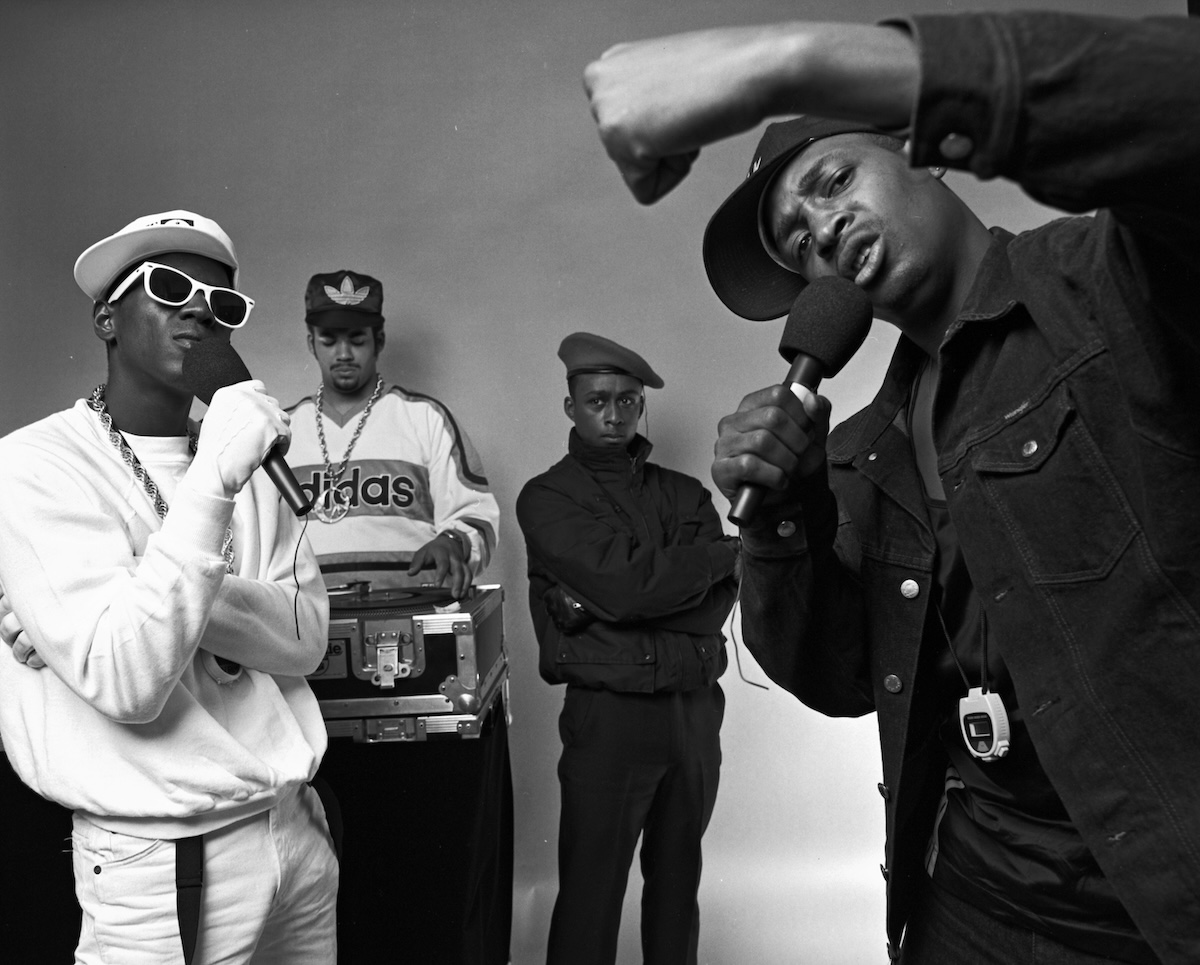
19. How You Sell Soul to Soulless People Who Sold Their Soul??? (2007)
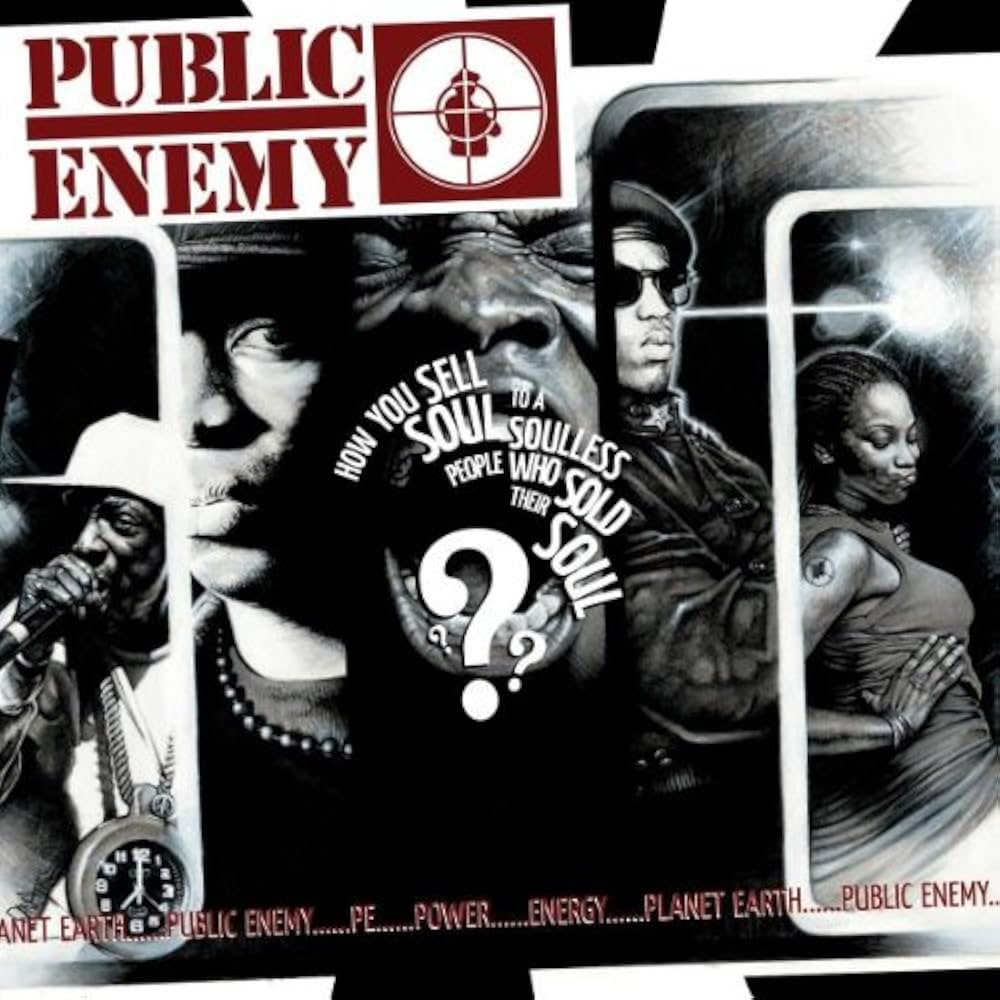
Public Enemy’s most popular track on streaming services today, well ahead of any of their ’80s or ’90s hits, is “Harder Than You Think.” The single made few waves upon its original release in 2007, but became a breakout U.K. chart hit in 2012 after Channel 4 used it heavily in their Summer Paralympics broadcasts. Unfortunately, it’s a pretty clunky, mediocre song, and it’s almost as exhausting to listen to the rest of How You Sell Soul to Soulless People Who Sold Their Soul??? as it is to read its title. But Flavor Flav, who had become a cartoonish reality TV star on VH1 shows like The Surreal Life and Flavor of Love, made more substantial contributions than usual on the album, particularly on “Flavor Man,” a solo showcase built on a woolly Graham Central Station sample.
18. New Whirl Odor (2005)
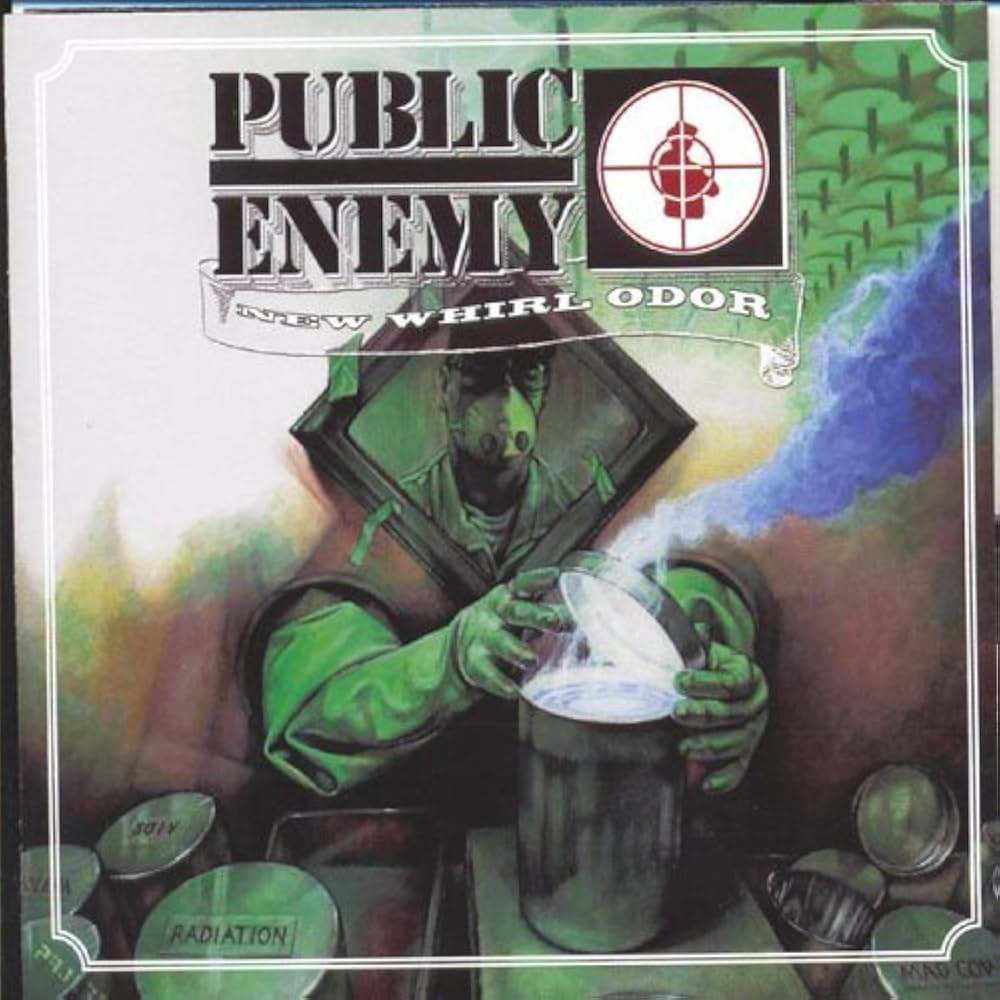
Professor Griff’s controversial statements and 1989 dismissal from the group have loomed large over Public Enemy’s legacy, but Griff never really contributed much musically to their classic albums, just a stray line here and there. After releasing a few solo albums, though, he’d periodically return to the group, and New Whirl Odor is the most Griff-heavy Public Enemy album, including co-production credits and full verses on several songs. Unfortunately, Griff is terse and bland on “Y’All Don’t Know” and “Revolution,” saying occasionally provocative things without Chuck D’s gravitas or flair for wordplay. “MKLVFKWR” is pretty good, but it feels like a sign that something has gone terribly wrong when the best song on a hip-hop album features Moby. “The sonic synthesis that made Public Enemy famous has become a mishmash that seems almost purposeless,” Dave Heaton wrote in the PopMatters review of New Whirl Odor.
17. Loud is Not Enough (as Enemy Radio) (2020)
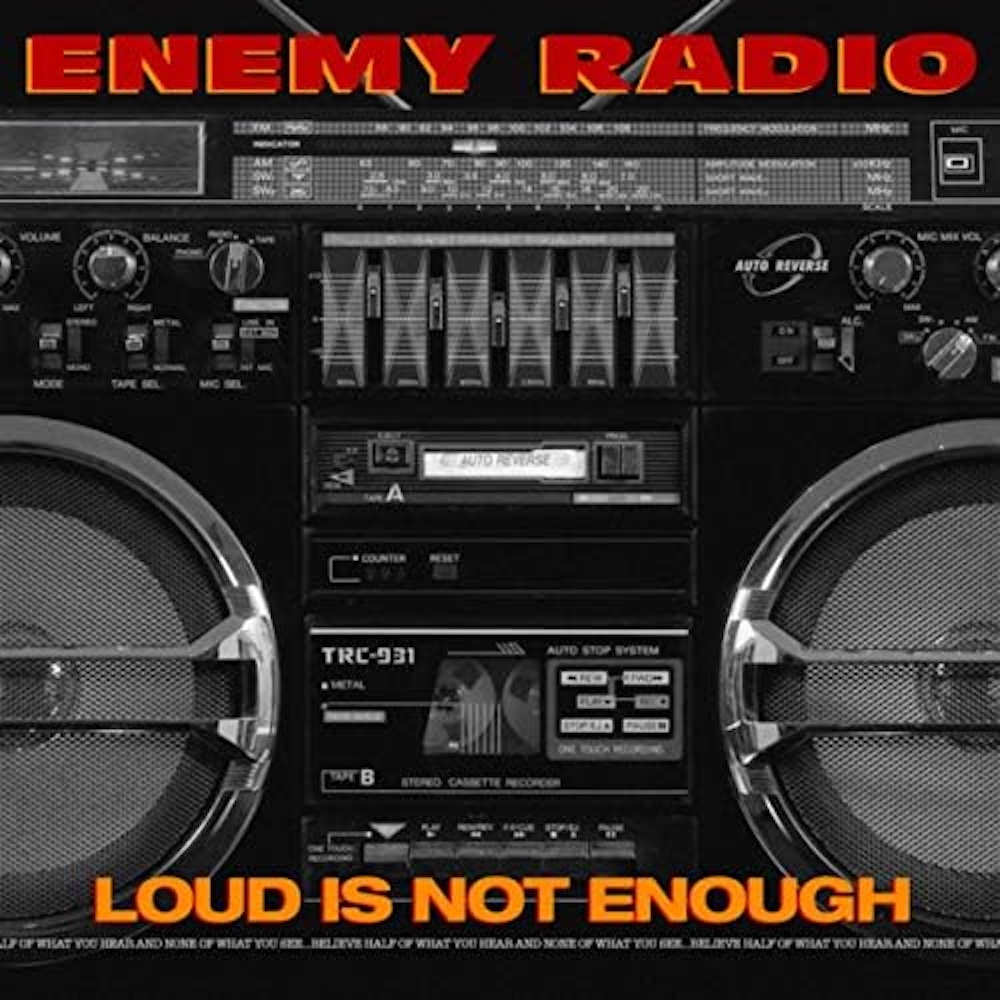
In the first half of 2020, Flavor Flav was kicked out of Public Enemy and then reinstated, with Chuck D claiming it was all a publicity stunt, a War of the Worlds-inspired hoax to expose the media’s emphasis on negative stories. During Flav’s ouster, the remainder of the group performed as Public Enemy Radio or simply Enemy Radio, and released an album under the latter name that’s retroactively been counted as a Public Enemy album on streaming services and most online discographies. “Lock Your Wheels” featuring Sadat X of Brand Nubian is good, but Loud is Not Enough is a largely forgettable record from one of the more puzzling and embarrassing chapters in the group’s story.
16. Greatest Misses (1992)
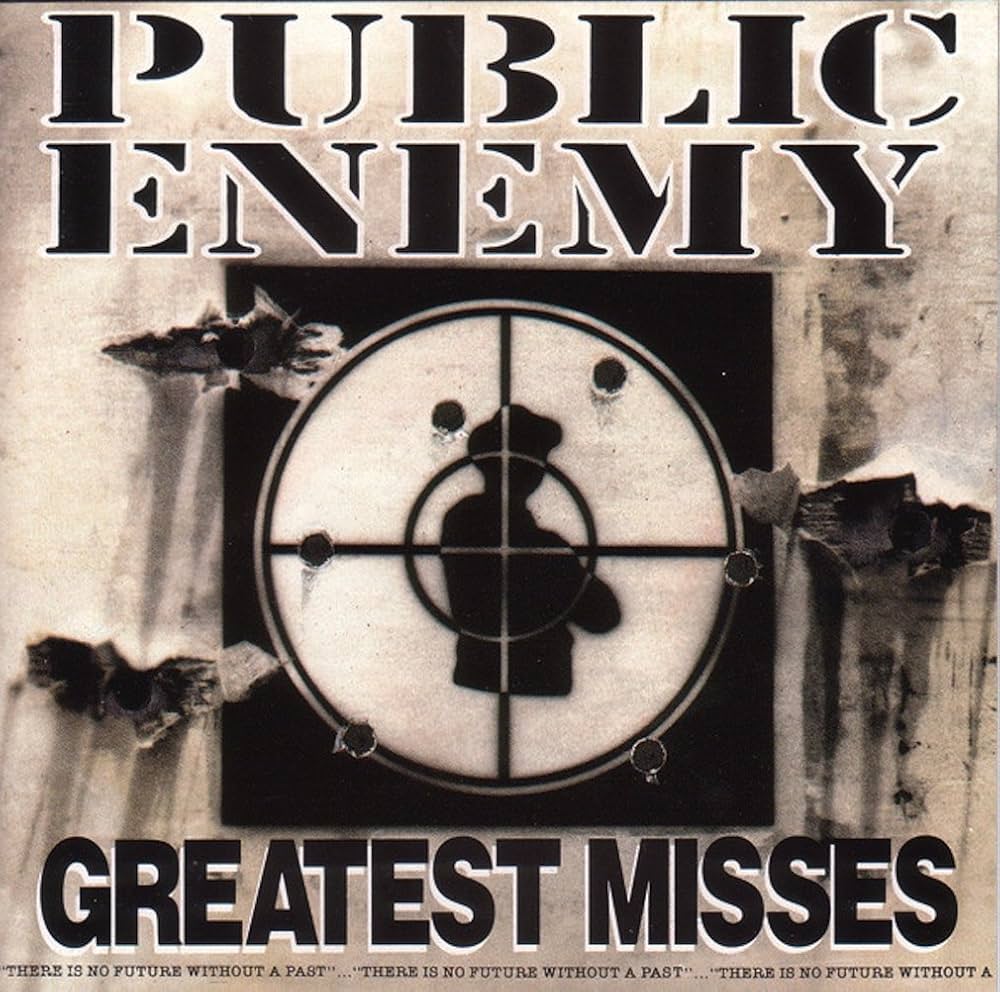
The title Greatest Misses gives the impression of an ironically named best-of compilation, or a collection of deep cuts or outtakes, but it’s really just a few new songs padded out with remixes. Public Enemy were close to the height of their popularity in 1992, so even a stopgap release like Greatest Misses could go gold and get nominated for a Grammy. But there’s not much essential here outside of maybe the opening track “Tie Goes to the Runner” and Jam Master Jay’s remix of “Louder Than a Bomb.”
15. There’s a Poison Goin’ On (1999)
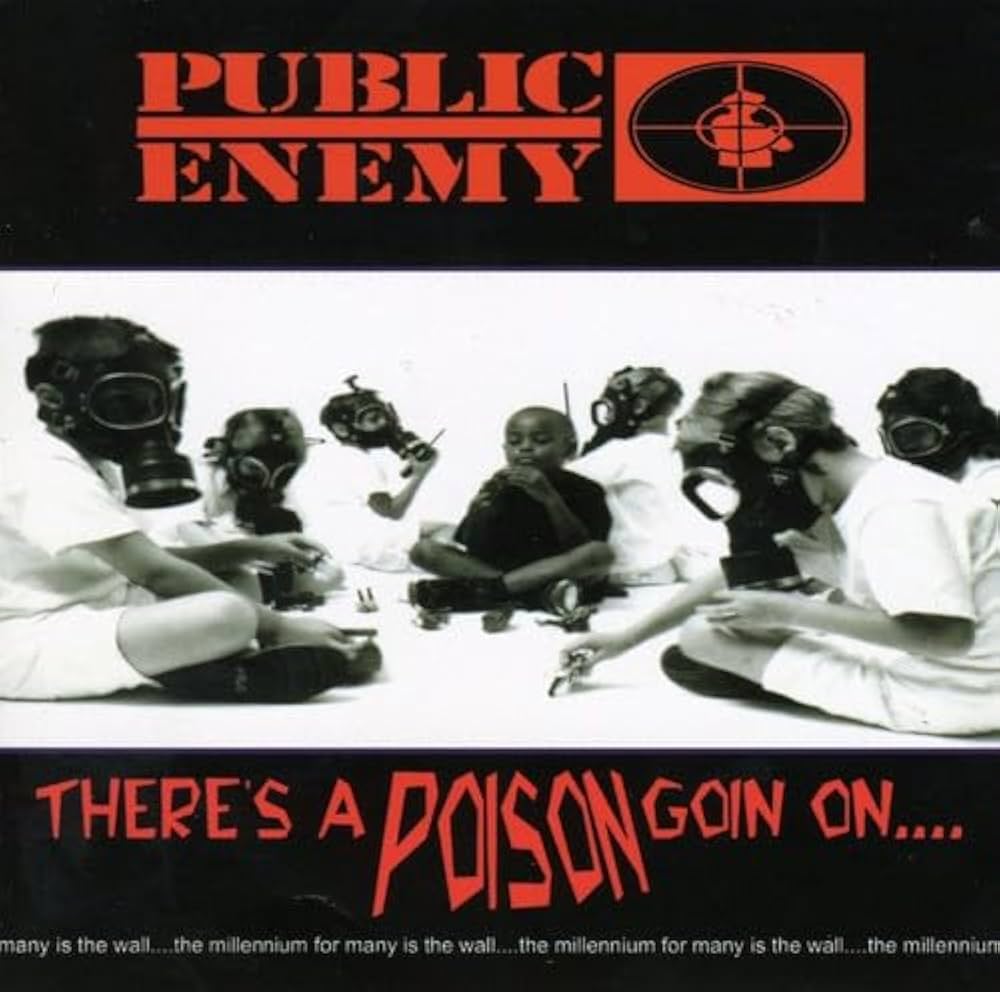
Public Enemy were ahead of the curve in embracing the internet in the late ’ 90s, and became the first big name act to release a new album, There’s a Poison Goin’ On, on MP3 before the physical CD release, via their website Slamjamz.com. Unfortunately, Tom E. Hawk’s shrill, thin production on the group’s first indie album was a big downgrade from the cutting edge sonics of their Def Jam work. “This time the sound is a prickly, pins and needles confine that recalls post-punk disco’s self-marginalization,” Eric Weisbard wrote in the SPIN review of There’s a Poison Goin’ On.
14. Revolverlution (2002)

Public Enemy continued to use the internet in exciting ways in the early 2000s, posting a cappella edits of classic early songs on Slamjamz.com to encourage fanmade remixes. Four of those remixes appeared on Revolverlution, along with live recordings and stray audio from interviews and phone calls. “Gotta Give the Peeps What They Need” and the title track are some of Public Enemy’s best post-’90s songs, but Revolverlution is cluttered up with ephemera that would’ve made more sense on a box set or a reissue.
13. Nothing is Quick in the Desert (2017)
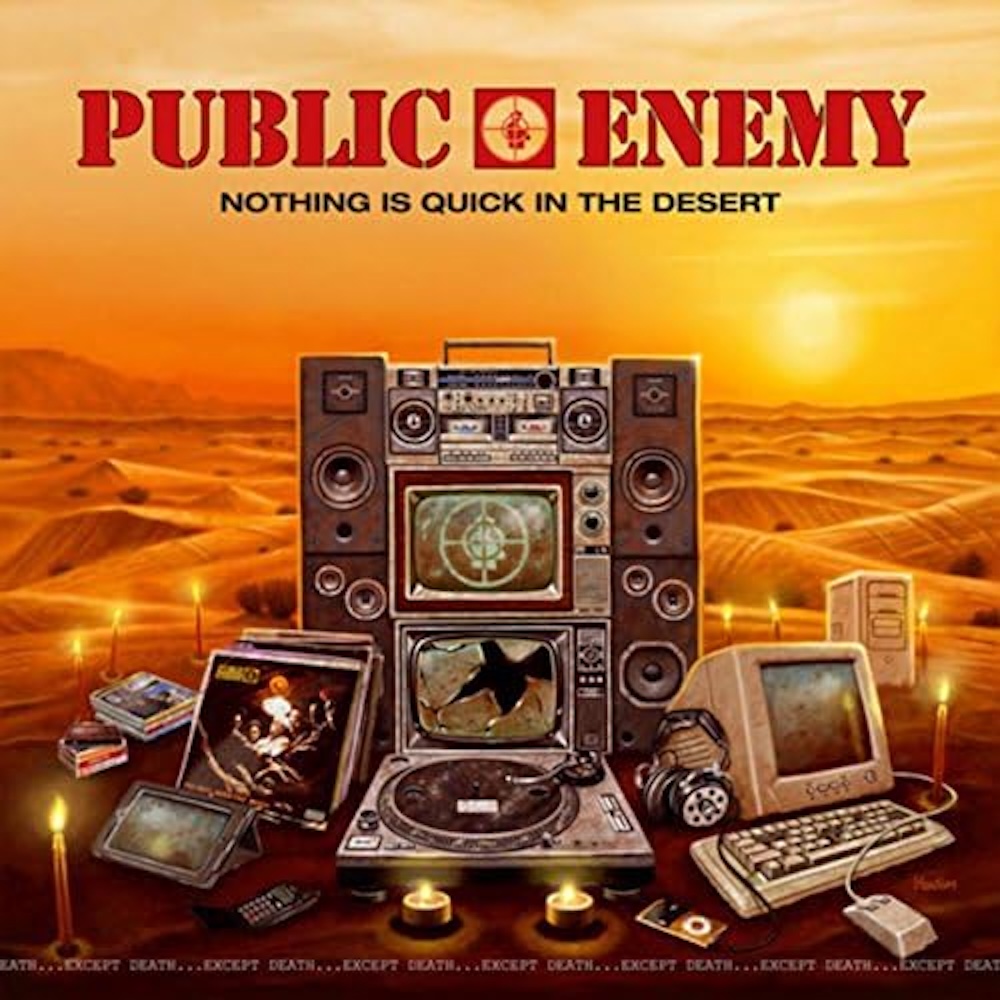
Some of Public Enemy’s adventures with internet distribution have been a little mishandled. The group celebrated its 30th anniversary by announcing that Nothing is Quick in the Desert would be available for free on Bandcamp for five days before its release. But a retail version never arrived after the temporary download offer expired, and the album only survives now as a bootleg on YouTube and mixtape sites. Chuck D has often been adversarial towards hip-hop’s mainstream, but “Sells Like Teens Hear It” takes a more diplomatic position on how popular taste drives the genre forward. Nothing is Quick was soon overshadowed by the 2017 self-titled debut by Prophets of Rage, Chuck D’s supergroup with members of Rage Against the Machine and Cypress Hill, which charted higher than any Public Enemy album had in over 30 years.
12. Black Sky Over the Projects: Apartment 2025 (2025)

Public Enemy’s latest album was released in June, weeks before Chuck D’s 65th birthday, and he contemplates his advancing age and the widening hip-hop generation gap on “Ageism” and “Sexegenarian Vape.” As with many of the group’s later albums, Black Sky Over the Projects: Apartment 2025 is dragged down by some subpar beats by otherwise unknown producers like C-Doc and Felony Muzik. The track that sounds most like a classic breakbeat-driven Public Enemy banger, “Messy Hens,” was surprisingly produced by Sam Farrar, bassist of Maroon 5 and Phantom Planet.
11. Most of My Heroes Still Don’t Appear on No Stamp (2012)
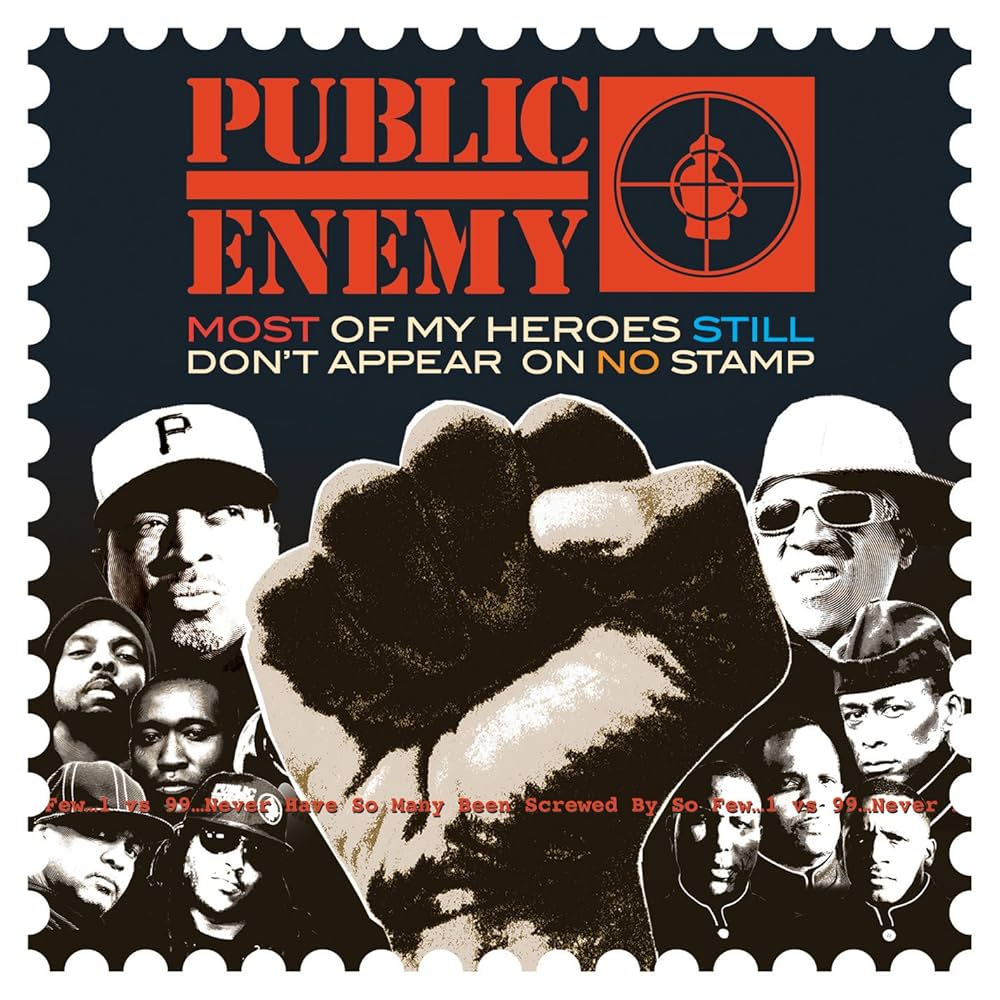
Hearing DMC of Run-DMC on a Public Enemy track would’ve hit a lot harder in the ’80s, but the combination is still potent on “RLTK.” The Hoobastank interpolation on “WTF?!” and the dental puns on “Truth Decay” are low points on an otherwise good album. “Public Enemy deliver their signature style with an angst and tenacity typical of men half their age, combined with the wisdom of 25 years in the rap game,” Matt Melis wrote in the Consequence review of Most of My Heroes Still Don’t Appear on No Stamp.
10. The Evil Empire of Everything (2012)
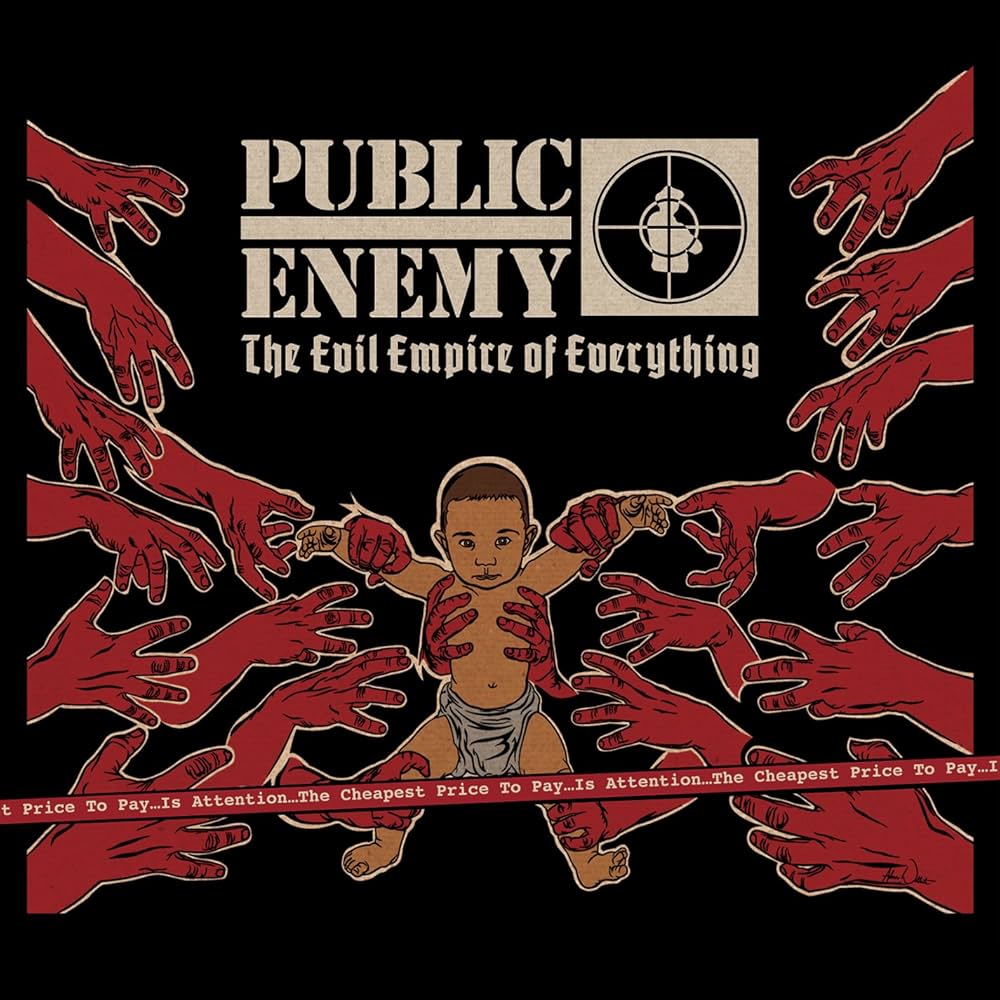
The “fraternal twin” of Most of My Heroes Still Don’t Appear on No Stamp was released three months later and featured a little more topical material about current events. Chuck D is at his best writing angrily about America’s cruelty toward immigrants on “ICEbreaker” and the murder of Trayvon Martin on “Beyond Trayvon” and “The Evil Empire of…” Both of Public Enemy’s 2012 albums are worthwhile, although the best tracks from each arguably should have been combined for one more consistent collection.
9. What You Gonna Do When the Grid Goes Down? (2020)
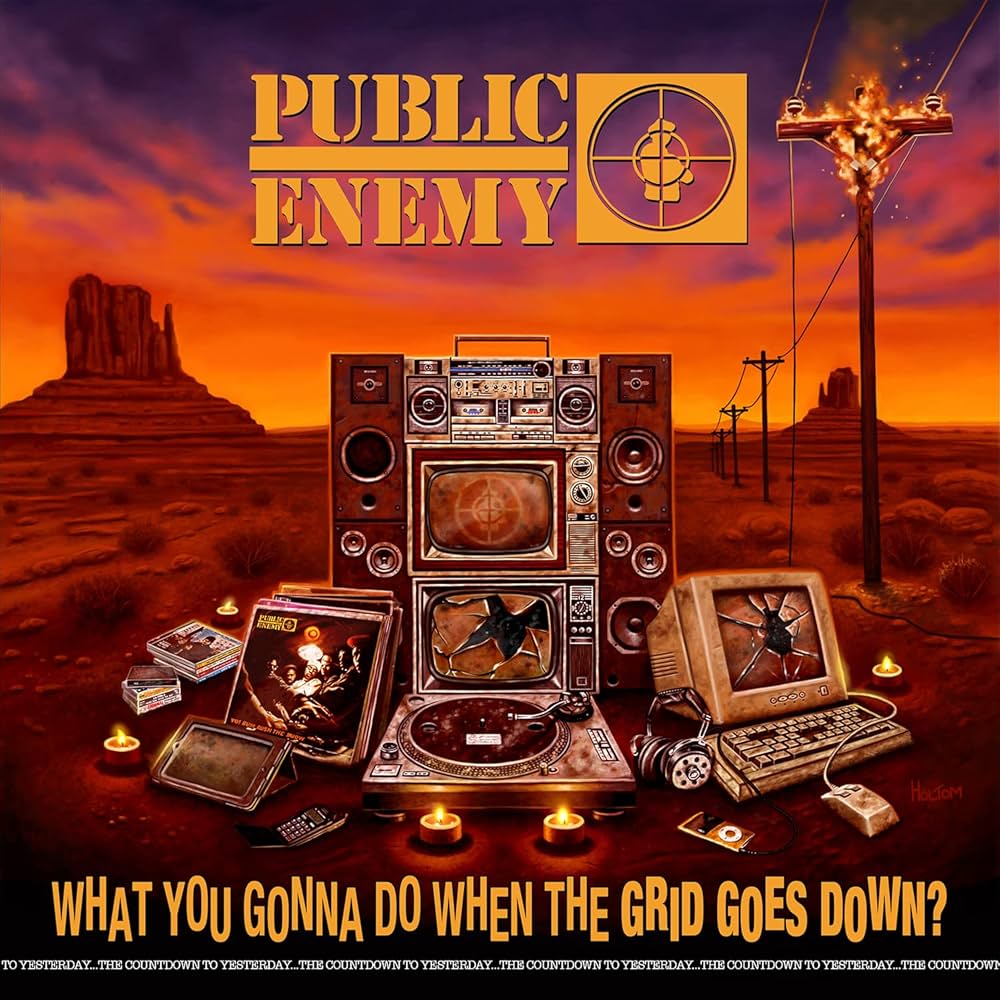
In 2018, Chuck D began to promise a revised version of Nothing is Quick in the Desert with additional material. Instead, Public Enemy wound up recycling six tracks from Nothing for their first Def Jam release in 22 years, including a couple of its worst songs, “Yesterday Man” and “Toxic.” Fortunately, the new material on What You Gonna Do When the Grid Goes Down? is strong and timely, including songs featuring DJ Premier and George Clinton that contemplate how much worse things could get in an America that had already been dramatically changed by the Trump presidency and COVID-19.
8. He Got Game (1998)
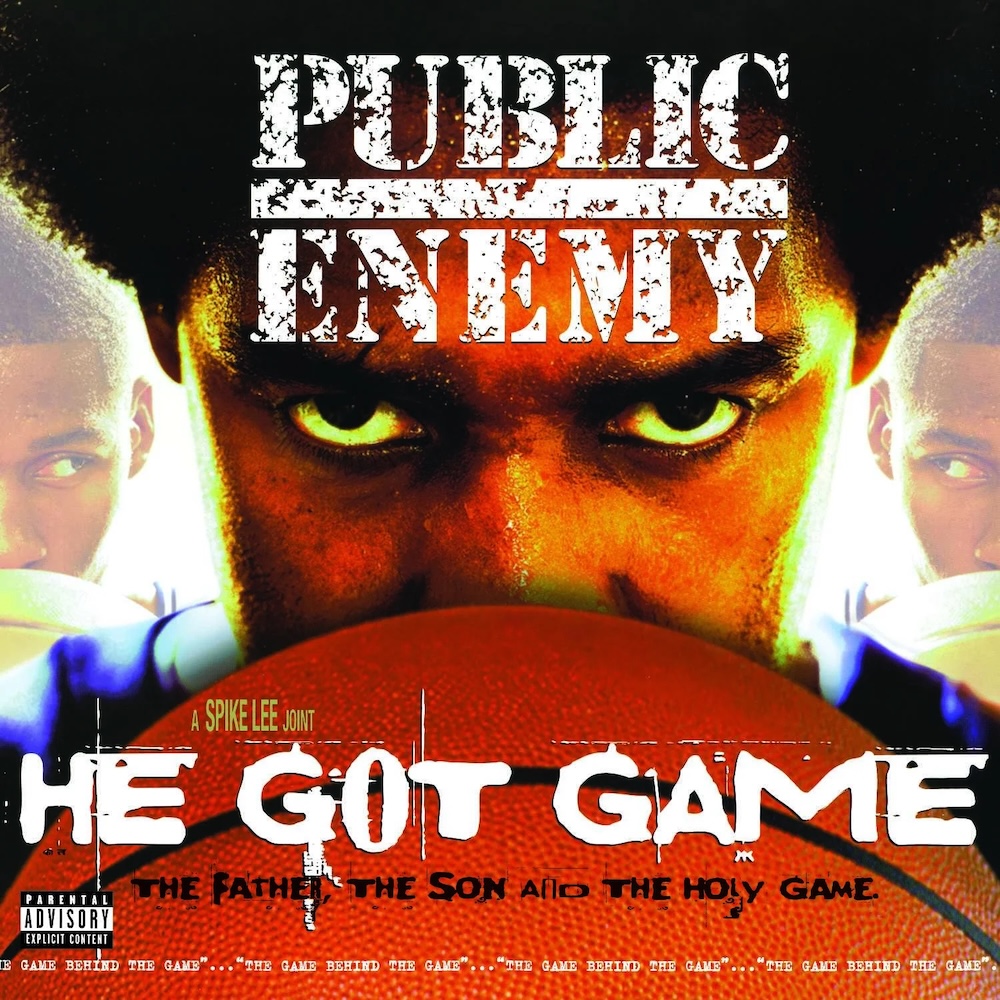
Spike Lee and Public Enemy made history together in 1989 with Do the Right Thing and its soundtrack hit “Fight the Power,” and nine years later the group recorded an entire companion album for another Spike Lee joint, the basketball drama He Got Game. The album’s a reunion in other ways, bringing Professor Griff and the Shocklees back into the fold. The title track and lead single is atypically soft and radio-friendly, sampling Buffalo Springfield’s “For What It’s Worth” with a Stephen Stills cameo, but it’s an outlier in a fiery and musically adventurous album. “The sense of urgency and menace that characterized PE’s best work is back, and the reformed Bomb Squad’s sound has expanded in some interesting directions,” Keith Phipps wrote in the A.V. Club review of the He Got Game soundtrack.
7. Man Plans God Laughs (2015)
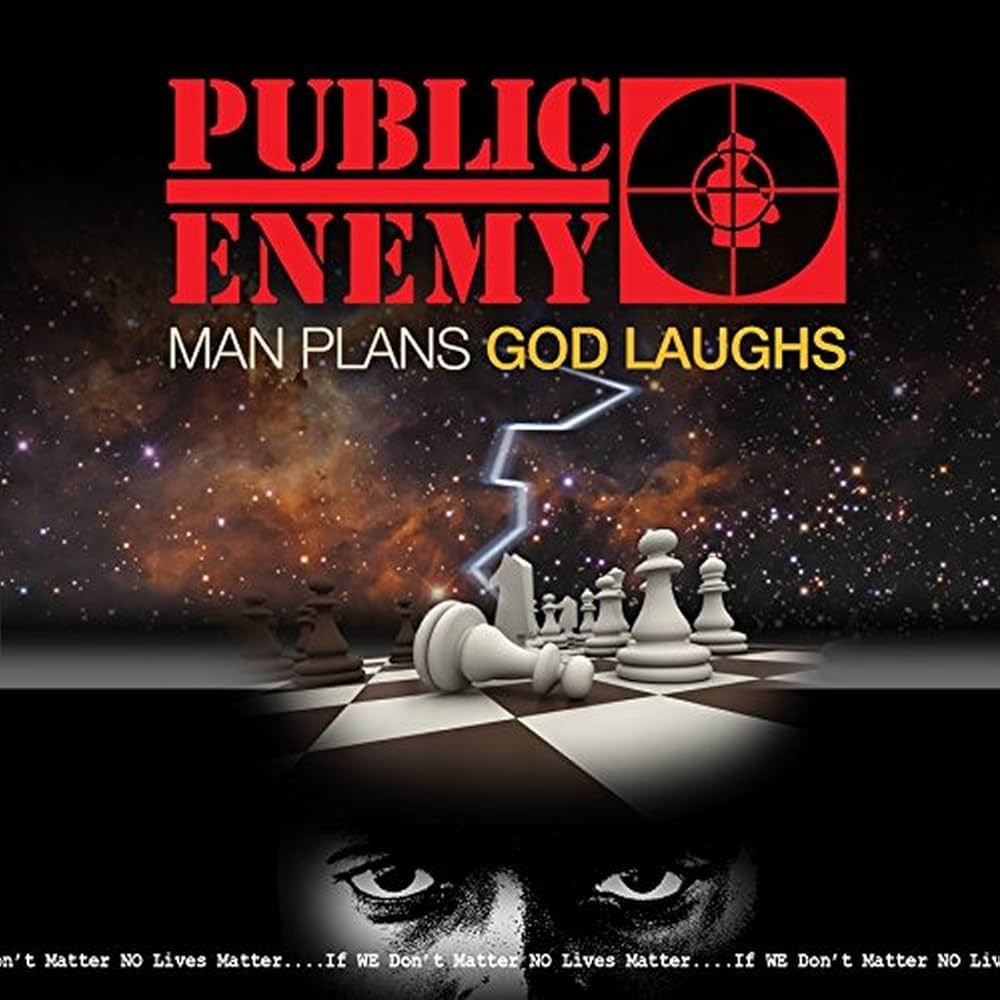
At just under 28 minutes, Man Plans God Laughs is by far Public Enemy’s shortest album, full of punchy, succinct songs built on the kind of pithy portmanteau Chuck D loves (“Earthizen,” “Corplantationopoly”). Terminator X returned to the group for the first time since the ’90s, and the lean collection benefits from a lack of the remixes and filler material that plague many of the group’s later albums.
6. Rebirth of a Nation featuring Paris (2006)
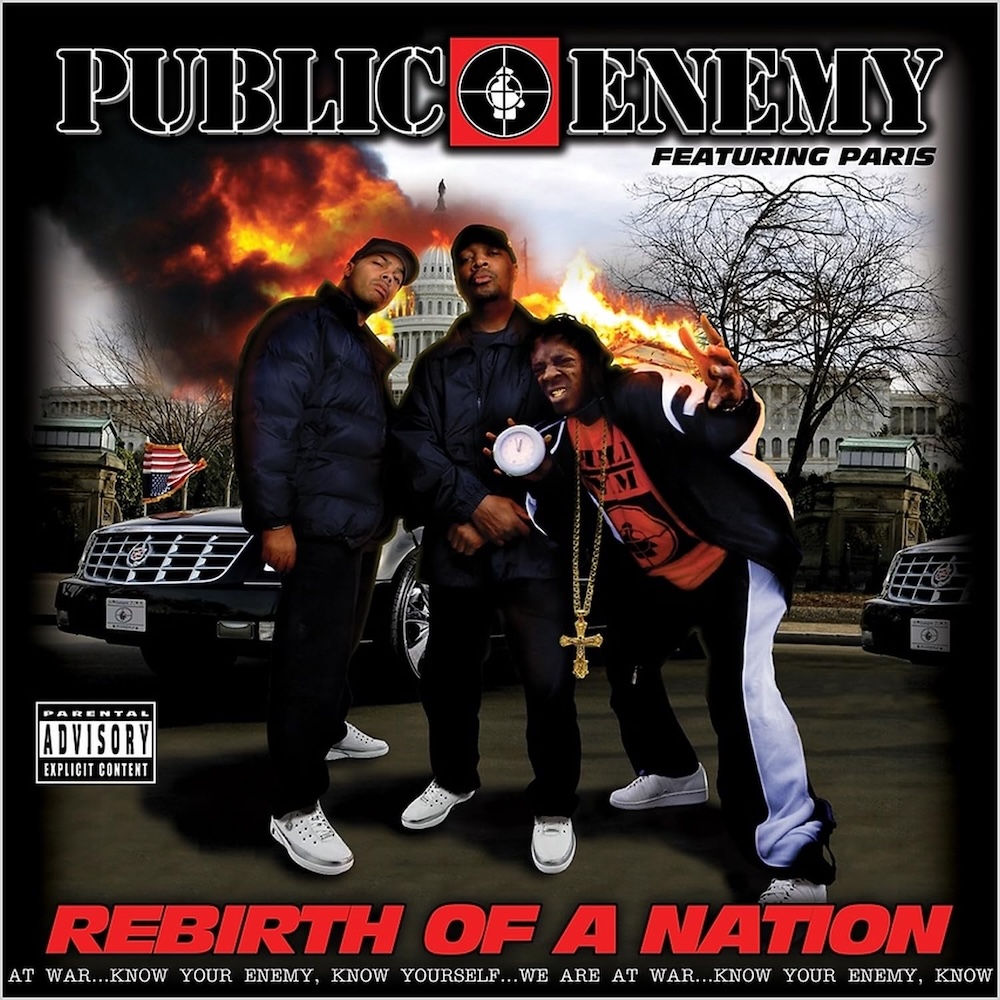
San Francisco rapper Paris was one of Public Enemy’s few mainstream contemporaries in the early ’90s that matched their intensity with politically charged albums like The Devil Made Me Do It and Sleeping with the Enemy. So it made perfect sense when Paris became the only artist to make an album-length collaboration with Public Enemy on Rebirth of a Nation, touching on everything from white collar crime and Hurricane Katrina to plastic surgery. Chuck D sounds invigorated by having another talented MC to bounce off, and Paris’s production gives the album a little West Coast flavor.
5. Muse Sick-n-Hour Mess Age (1994)

Muse Sick-n-Hour Mess Age was the moment that Public Enemy stopped getting glowing reviews across the board and their sales started to slip, as 1994 brought a wave of exciting new rappers that had captured the attention of fans and critics. Chuck D had a pointed critique for the gangsta rap zeitgeist on “So Whatcha Gone Do Now?” while Public Enemy’s signature attack, now bolstered with live guitars and drums, was moving even further away from the mainstream. “Half these tracks dynamite the harshly layered formula one way or another and the other half reprise a great sound,” Robert Christgau wrote in the Village Voice review of Muse Sick-n-Hour Mess Age.
4. Apocalypse 91… The Enemy Strikes Black (1991)

A young Long Island DJ named Gary “G-Wiz” Rinaldo gave Chuck D a tape of his beats in the early ’90s. He soon got to join Public Enemy’s production team, at a crucial moment when computer disks containing the Bomb Squad’s tracks for the group’s fourth album had been stolen. G-Wiz wound up being Public Enemy’s longest-tenured producer, working on more than half of the group’s albums, and the Apocalypse 91 singles “Shut ’Em Down” and “By the Time I Get to Arizona” are some of his finest work. Sister Souljah also entered the scene as the group’s new “Minister of Information” to replace Professor Griff, appearing on “Move!” a year before she also became embroiled in a protracted national controversy over her public remarks.
3. Yo! Bum Rush the Show (1987)
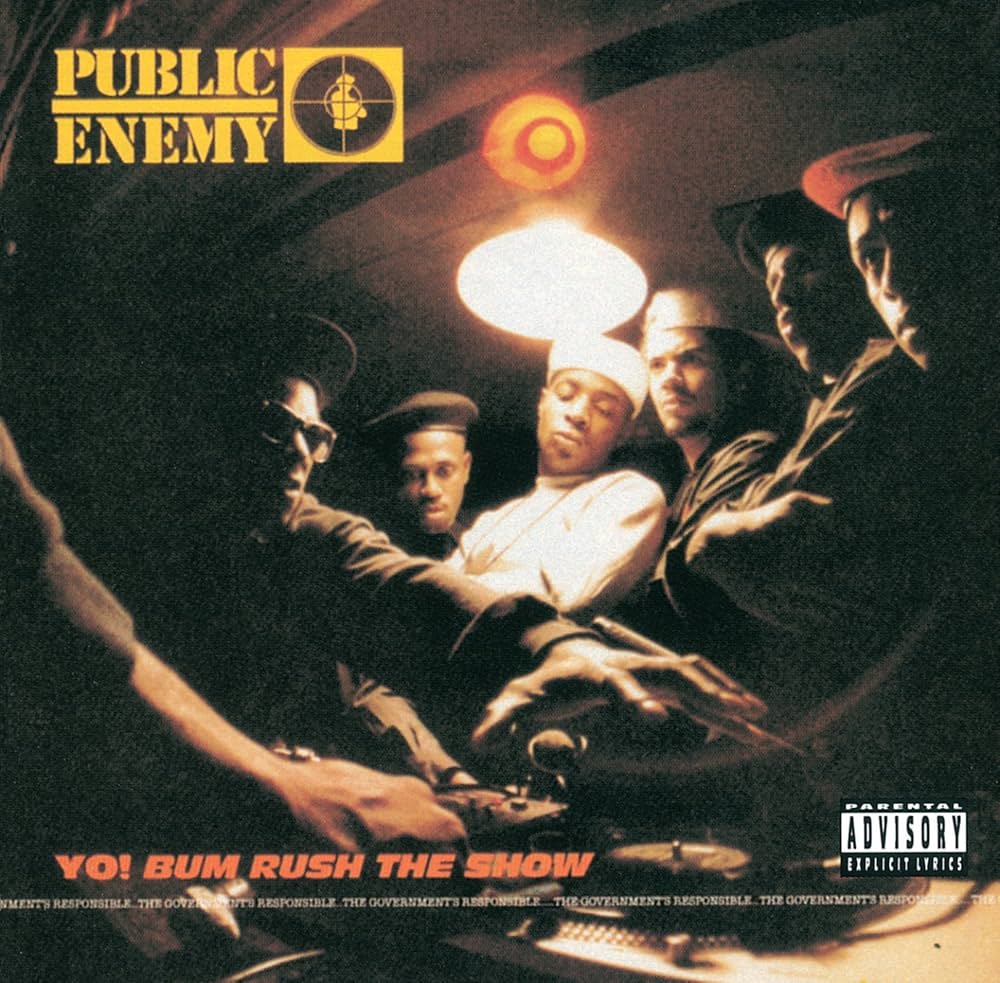
Chuck D was 26, nearly a decade older than LL COOL J and some of the Beastie Boys, and worried that he was already aging out of hip-hop when Rick Rubin heard “Public Enemy No. 1” and insisted on signing his group to Def Jam. Yo! Bum Rush the Show wasn’t the greatest rap debut in a remarkable year that also saw the first albums from Eric B. & Rakim and Boogie Down Productions, but the Bomb Squad’s sonic attack and Chuck D’s stentorian cadence were unlike anything on the hip-hop landscape. Today, when it’s increasingly rare for a hip-hop song to have a third verse, it’s striking to listen to an album where Chuck D frequently spits four verses in a single track, approaching each topic from several angles, and raps for 66 consecutive bars on the relentless “Timebomb.”
2. Fear of a Black Planet (1990)
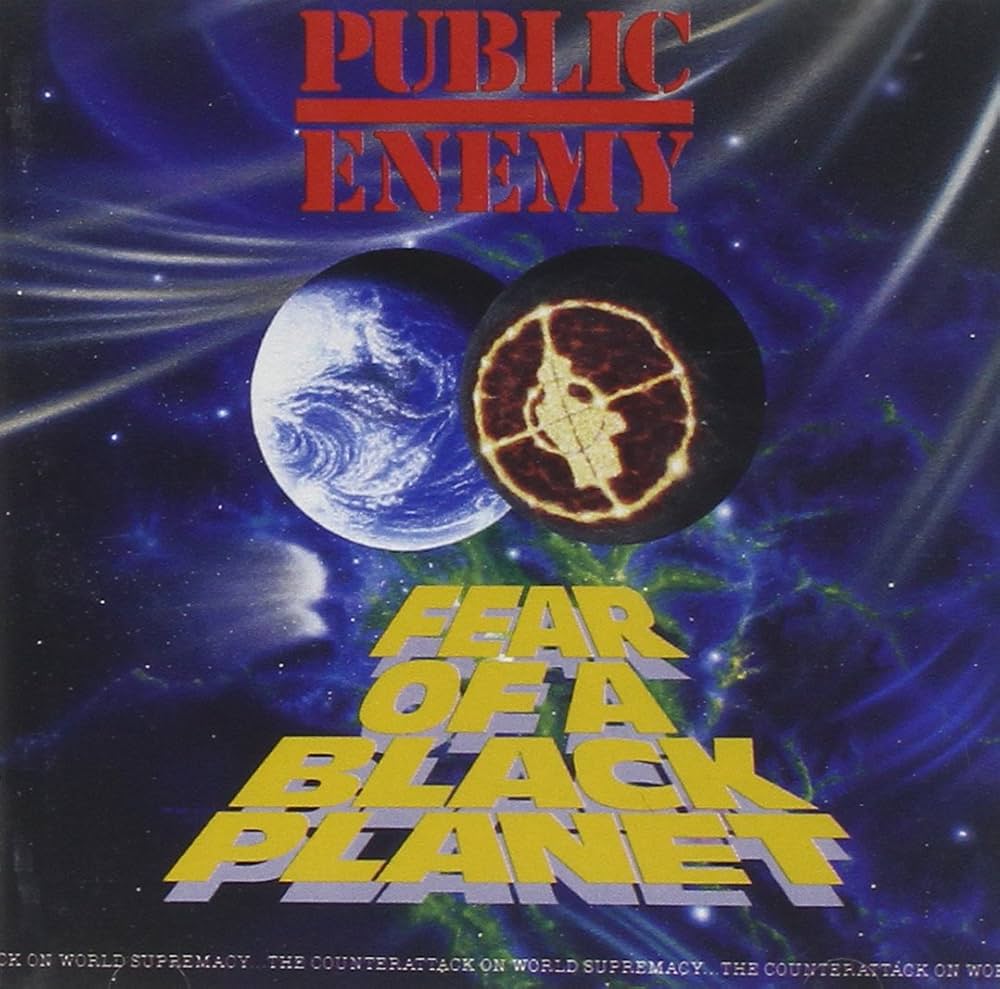
Nine months after “Fight the Power” ruled the summer of ’89, Public Enemy returned with their most ambitious album, including the era-defining single as the triumphant closing track. Keith Shocklee joined his brother Hank in the Bomb Squad as the production team’s wall of samples became about as dense and complex as it would ever get, just before copyright lawsuits brought a swift end to hip-hop’s Wild West era of sampling. At a time when guest rapper features weren’t yet a staple of hip-hop albums, “Burn Hollywood Burn” featuring Ice Cube and Big Daddy Kane was an electrifying summit of three of the era’s greatest MCs. And “911 Is A Joke” and “Can’t Do Nuttin’ For Ya Man!” remain the definitive Flavor Flav performances. “The group’s determination and realism, its devotion to activism and booty shaking, make Fear of a Black Planet a welcome, bracing triumph,” Alan Light wrote in the Rolling Stone review of the album.
1. It Takes a Nation of Millions to Hold Us Back (1988)

Nearly every track on Public Enemy’s second album features one or multiple samples of James Brown or his band the J.B.’s. And while the Bomb Squad were far from the only beatmakers in 1988 that were sampling the drums of Clyde Stubblefield and John “Jabo” Starks, Public Enemy also frequently sampled the horns, turning Robert McCullough’s saxophone into a tea kettle squeal that stabs through the noise on “Rebel Without a Pause” and “Night of the Living Baseheads.” It Takes a Nation of Millions to Hold Us Back stands alongside De La Soul’s 3 Feet High and Rising and the Beastie Boys’ Paul’s Boutique as the albums that expanded the musical possibilities of sampling in the late ’80s, with Chuck D hitting his stride as a deeply original writer and purposeful moralist. It was the first hip-hop album to top the Village Voice’s Pazz & Jop critics poll, and remains a high watermark for the genre.

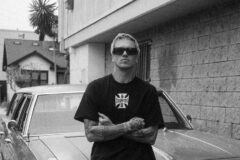
Leave a comment